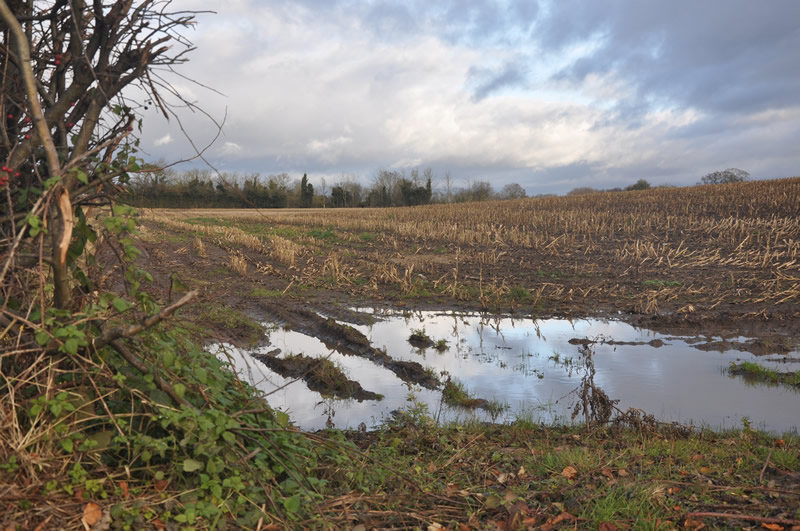
With one of the wettest summers on record already having made this autumn’s maize harvest one of the most challenging for years, independent business consultants are now also questioning the longer term potential of the crop in the UK because of its low dry matter and protein yield.
“In our area many dairy farmers grossly overestimate the tonnage of dry matter in their maize silage clamp,” says Adrian Caine from P&L AgriConsulting based in Shropshire. “And this year it’s particularly noticeable; some units we work with have thought they had harvested around six or seven tonnes of dry matter, when it’s actually more like three or four.
“There is a fair amount of soil contamination in clamps this year. We are seeing quite a lot of bloat – which could suggest listeria and clostridial disease problems – simply because of the difficult harvesting conditions along with damaged soil structure. And you can’t afford to lose soil through the gateway either because of cross compliance.”
In addition, Adrian says that with the costs of bought in protein continuing to escalate and straw breaking through the £100 per tonne barrier, a lot of farms would be far better off using their maize land for growing mature cereals such as wheat, barley or oats.
“The mantra is making more from what you grow. On a cost basis the dry matter of maize, grass for silage and cereals are about the same. But with the alkaline preservation of cereal grains you have more control over the nutritional value of the crop, as well as the opportunity to gain more spin off benefits,” he maintains.
“Harvesting the crop in the summer is easier, you don’t have to dry it, you can make good use of the straw by-product and even sow a follow-on crop such as grass well before the autumn seeding window closes. There is an undoubted link between profitability and utilisation of land; and poor utilisation of land with current rental costs or purchase prices is inexcusable.
“But with crops such as Alkagrain – where urea and soya pellets have been used to aggressively release ammonia into the crop – you really can make the most of your own acres’ potential by producing a highly stable, high energy, high protein feed that can replace concentrates.”
